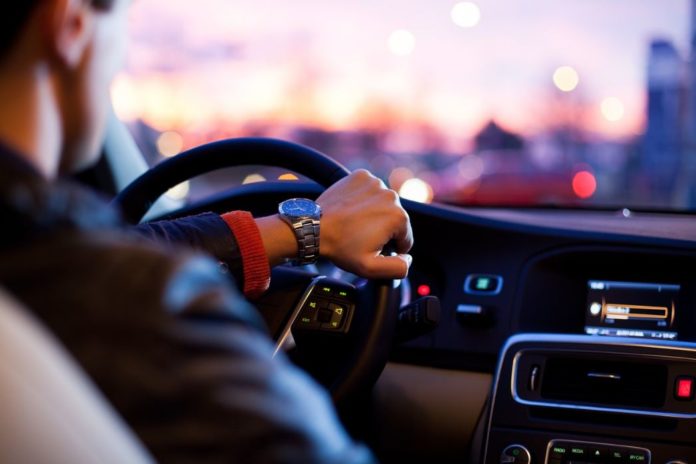
In 2018, motorists in the United States traveled a record 3.225 trillion miles, according to the Federal Highway Administration. This outstrips the previous year’s record by 5 billion miles. Drivers in the US are traveling farther than ever before. These longer distances mean more travel time and an increased risk of roadside accidents.
Road safety is a top concern for car manufacturers and roadway engineers alike, especially given our ever-growing reliance on roads. To keep up with the demand, both road engineering and automobile tech have been developing at an unprecedented rate. Together, they’ve created advancements that complement one another, and make the road less dangerous overall.
Being diligent with routine maintenance and complying with road protocol can certainly help. Still, these are no guarantees for safety. These upcoming pieces of tech seek to add extra layers of assurance to motorists.
The Road Diet
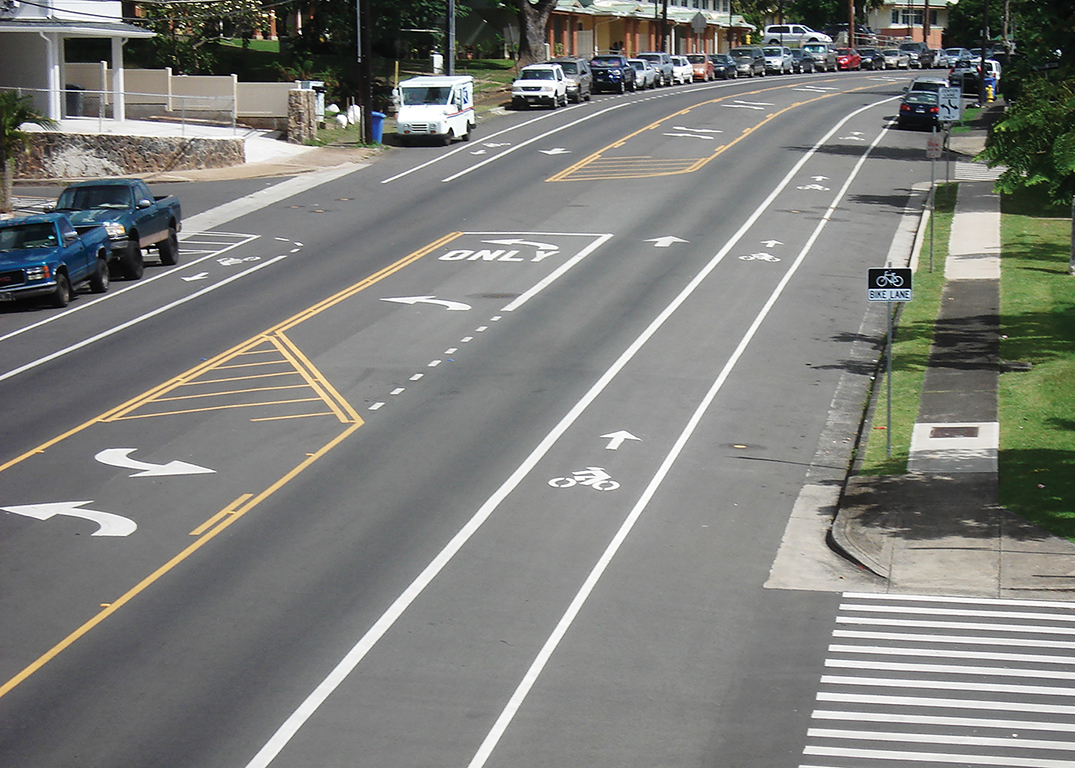
Road Diets are innovative roadway designs that build off of the traditional four-lane highway format. It is by no means a new design, however, having been developed as early as the 90s. Its widespread implementation is what’s going to make it one of the most influential road safety technologies going into the 2025s. In fact, Crashes frequently occur on highways with four or more lanes, as JJS law firm revealed a 47% reduction in incidents. However, the Road Diet is marketed as an efficient and inexpensive way to make the roads safer, as well as less congested and easier to access.
The main change that Road Diets is that they reduce the usual four lanes to three. The idea behind this is to reduce the number of lanes a car turning at an intersection has to cross. This thereby reduces the amount of time that the car is exposed to oncoming traffic.
The center lane in a Road Diet becomes a two-way left-turn lane. Its purpose now is to queue up cars preparing to turn at the next intersection. Also, to facilitate merging between the left and right lanes. To prevent collisions along the center lane, merging into it would only be permitted at intersections, in preparation to make a turn.
Advanced Driver Assistance Systems
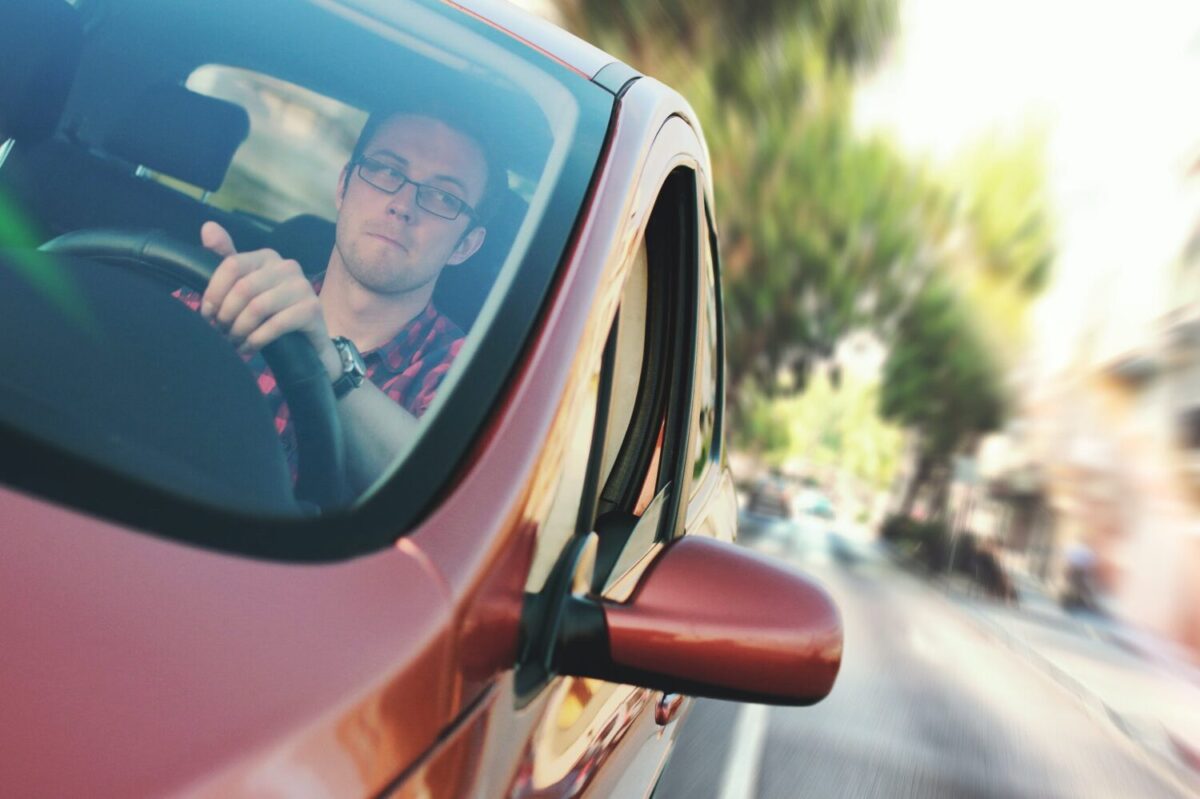
This technology had its humble beginnings as rudimentary proximity detectors. The first ADAS systems were limited to a simple cruise control and sensors. The sensors would trigger alarms that sounded when you were near pedestrians and obstacles. As it stands today, the technology is poised to be the most robust foundation for car automation yet.
The modern ADAS system makes use of a suite of equipment that includes cameras, radar, and LIDAR. All of these tools come together to make hazardous road situations safer. Drivers no longer need to worry about blind spots thanks to the array of detectors. Inclement weather is less of a concern thanks to automatic speed limit and braking.
ADAS also provides a number of quality-of-life improvements. These include lane-keeping assistance, adaptive cruise control, and other functions that give drivers intelligent suggestions on what actions to take.
In-Vehicle Monitoring Systems
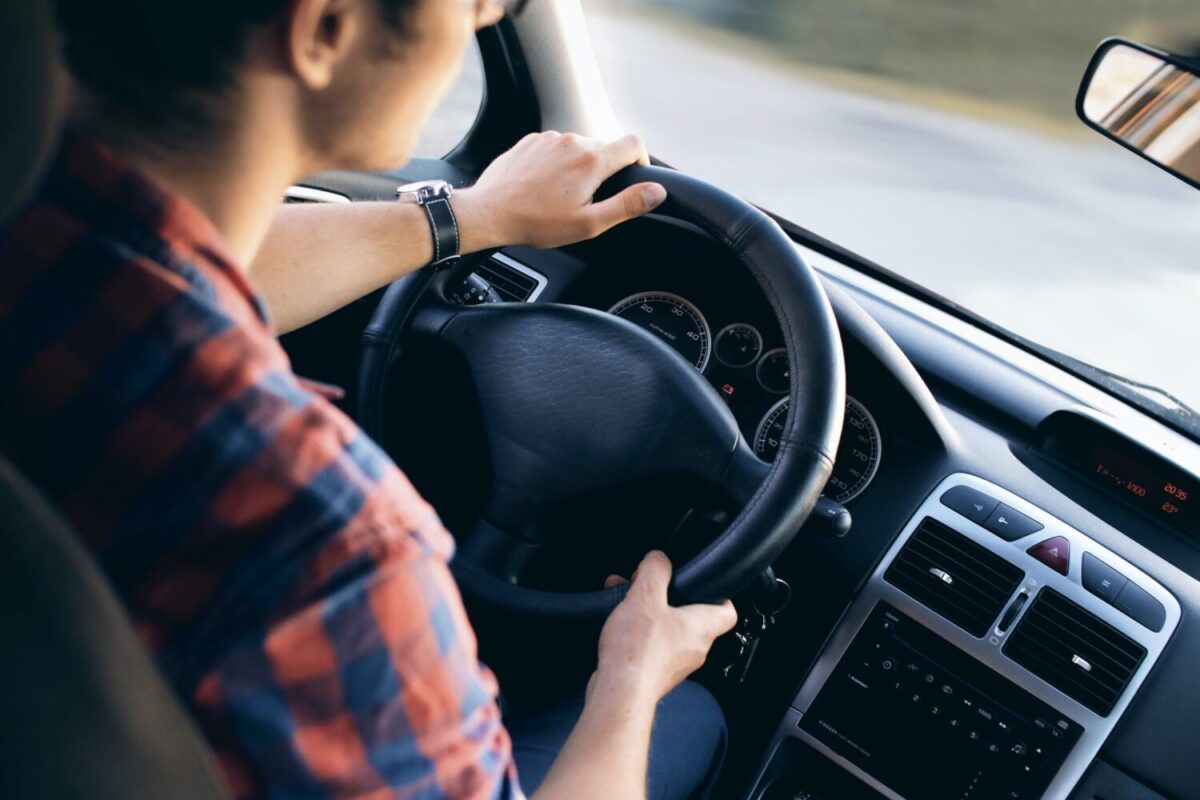
Developed as something of a companion to ADAS, the IVMS is meant to be more of an introspective sensor system. Its main goal is to ensure that the driver follows recommended driving behaviors while on the road. One key feature is a GPS function that fetches speed limit data for every road taken and alerts the driver when they’ve exceeded it. Another is a video camera that faces the driver. They also enforce proper protocol such as buckling seat belts and wearing eyeglasses.
Similar to ADAS, IVMS also has sensors that detect speeds and vehicle maneuvers. These are attuned to observe the driver’s lane departures, as well as the suddenness of their acceleration or braking. These sensors will tell the driver whether what they did was a crash hazard, to discourage them from repeating it.
IVMS are especially useful in situations where coaching drivers on driver safety is critical. These include commercial vehicle fleets and driver’s education. They are also good for logging the behavior of drivers to find the root cause of accidents or poor performance. Additionally, they serve as solid pieces of evidence in court, as the driver-facing camera provides consistent footage of the driver’s state when accidents occur.
The Safety Edge
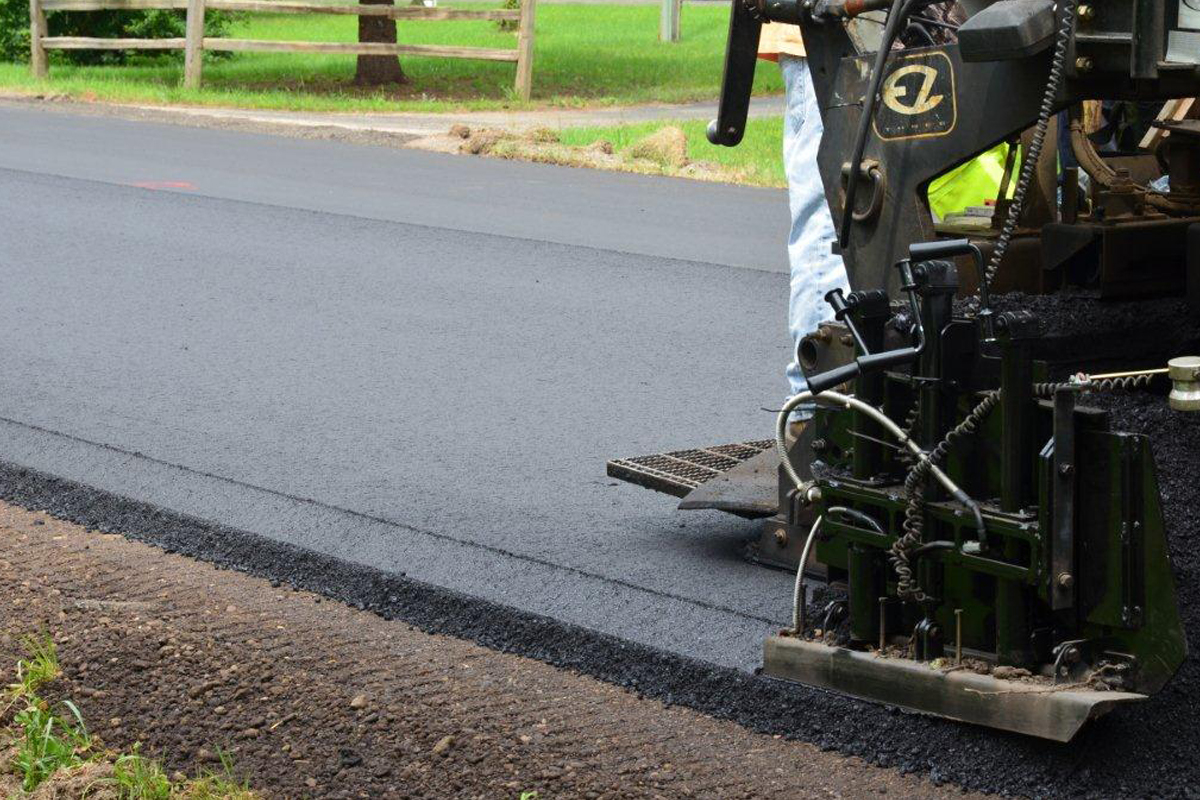
Safety Edges are simple roadway adjustments that can make roads remarkably safer. It revolves around adding a 30-degree lip to the edges of roads. This simple shaping funnels motorists back onto the road when they drift near the edge. Roadway departures are responsible for 53 percent of all fatal crashes in the US.
Since this improvement gives drivers an extra layer of safety, it also allows them to re-enter the road at higher speeds. This makes the overall journey smoother since cars won’t need to slow down when making a turn. Several US states are currently working with one another to develop a standardized model for road paving and resurfacing with safety edges incorporated.
Automatic Traffic Sign Detection

Not being attentive enough to catch every traffic sign is a good way to get pulled over, or worse, get into an accident. Throughout the years, numerous measures have been made to make signs more visible. Yet, people are still missing street signs that should have notified them of speed limit changes or whether they’re in a no-honking zone.
This is why automated traffic sign recognition is being built into many high-tech car AI suites. These systems immediately detect street signs by way of front-facing cameras. They will then seamlessly project their information onto the dashboard display, or on higher-tech cars, the windshield HUD.
Transportation becomes more and more of a necessity to sustain modern life each passing day. The number of people accessing vehicles and roadways increases, and they travel farther and faster. Thanks to tech advancements such as these, however, they can travel smarter and safer as well.
















